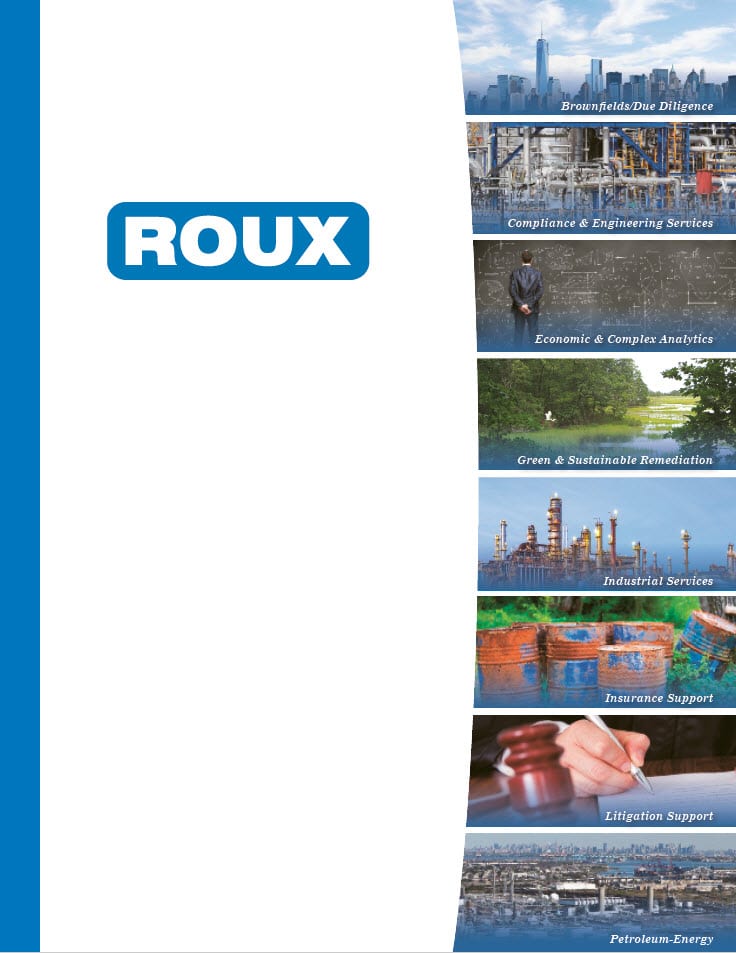New Mojave Desert Study by Adam Love, Ph.D.
Use of Radiocarbon Ages to Narrow Groundwater Recharge Estimates in the Southeastern Mojave Desert, USA
Written by Adam Love, Ph.D. and Andy Zdon of Partner Engineering and Science, Inc.
Estimating groundwater recharge in arid or semiarid regions can be a complex task, which is evident in the southeastern Mojave Desert, where calculated recharge estimates by investigators range over an order of magnitude from ~2,500 to ~37,000 acre feet per year. To narrow down this large span of recharge estimates to narrower and more plausible values, this study evaluates the previous recharge estimates in this desert region to examine the sources of variability in previously reported results.
Using recent radiocarbon and tritium analyses, this study determines the southeastern Mojave Desert springs are dependent on the aquifer system rather than rainfall, also concluding that uncertainty about recharge requires water managers to assume a lower estimate of recharge in order to protect water resources in the region.
According to an official statement by United States Senator of California, Dianne Feinstein, Dr. Love and Mr. Zdon’s findings confirm a previous independent scientific analysis by the U.S. Geological Survey and National Park Service that found the natural recharge rate is only 2,000 to 10,000 acre feet per year, citing water as “the lifeblood of the desert.”
To receive a complimentary copy of “Use of Radiocarbon Ages to Narrow Groundwater Recharge Estimates in the Southeastern Mojave Desert, USA,” please click on the button below.

